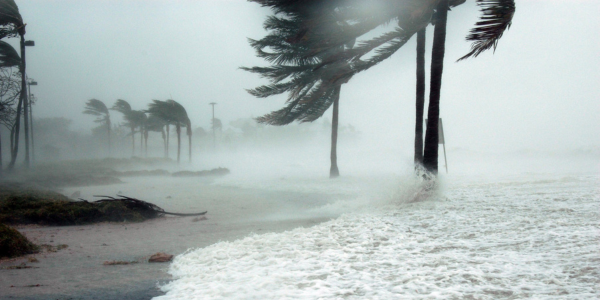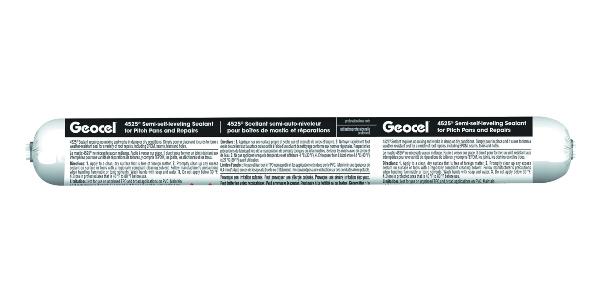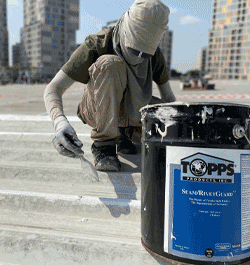UP TO THE MINUTE
The best practices for creating a hailstorm-ready roof – part one

By Mule-Hide.
Hailstorms are never fun, especially when it comes to the damage they can cause to flat roofs. A Texas contractor shares his best advice for preparing a roof for hail.
Central and North Texas are notorious for their annual hailstorms, and contractors have adapted particular practices for keeping commercial roofs as protected as possible from these storms. Mule-Hide shares insights from Texas contractors on how you can adapt the same techniques to protect your customers’ roofs from hail damage.
“All of Central and North Texas gets annihilated by hail at least once a year. Sometimes more than that,” said Mike Anderson, general manager and commercial estimator with Clark Roofing in Waco, Texas.
Texas has led the nation in the number of major hail events – with hailstones at least 1 inch in diameter – for the past eight years. From 2020 to 2022, there were 1,747 major hail events in the Lone Star State, accounting for 13.6% of the national total. State Farm paid $510 million in hail-related insurance claims to Texas home and auto owners in 2022 alone.
A thick, hail-resistant membrane
Clark Roofing’s go-to single-ply membrane is the 80-mil Standard TPO from Mule-Hide.
“It is by far the best roofing system out there in terms of durability and getting hail ratings and FM Global coverage,” Anderson said. “We do a lot of work with municipalities, the state of Texas and the United States military. They want a long-lasting, durable product and are willing to pay a bit more for it.”
He continued, “TPO can handle the Texas heat. PVC plasticizes in hot climates; the membrane breaks down and deteriorates rapidly as the plastics in it leach out. TPO isn’t as susceptible to that, making it much more durable.”
The thicker 80-mil membrane also withstands Texas’ hailstorms, making roofing systems eligible for 20-year system warranties covering hailstones up to 2 inches in diameter.
A strong, wrinkle-free bond
A wrinkle-free installation is key to maximizing hail resistance, Anderson said.
“The roof needs to be very tight,” he explained. “If there are places where the membrane isn’t touching the substrate, hail has a better chance of puncturing it.”
To prevent wrinkles – and achieve a better-looking roof – Clark Roofing recommends full adhesion.
“We always fully adhere if the building owner has the budget because it looks so nice,” Anderson said. “It’s more expensive and time-consuming than mechanical attachment, but the results are better.”
And when seeking a severe or very severe hail rating, a fully adhered system is the only option. “If a large piece of hail strikes a plate or screw, it can damage the membrane,” Anderson explained. “So, the system is fully adhered, with plates and screws only used on the roof perimeter to meet wind uplift or FM Global requirements.”
Clark Roofing crews use solvent-based adhesives, such as TPO Bonding Adhesive from Mule-Hide Products, to secure the membrane.
“It flashes better and delivers a stronger bond,” Anderson said.
Of course, the roofing membrane, attachment method and adhesive choice are just part of achieving a hail-resistant roofing system. Stay tuned for a future discussion about selecting the right coverboard to protect the membrane and insulation, and the right accessories to create a polished, professional-looking roof.
Original article source: Mule-Hide
Learn more about Mule-Hide Products in their Coffee Shop Directory or visit www.mulehide.com.
About MuleHide Products Co. Inc.
MuleHide Products Co. Inc. offers premium-quality, high-performance roofing products and systems that meet the current and emerging needs of the design community, contractors and building owners with a strong focus on sustainable solutions. More information is available at www.mulehide.com and on LinkedIn, Facebook and Instagram.
Recommended For You

Free classified ads for Hurricane Helene and Hurricane Milton response
Read More ...
Línea de Ayuda para el Aumento de Precios activada para proteger a las víctimas del huracán
Read More ...
A sealant ready for any condition
Read More ...
















Comments
Leave a Reply
Have an account? Login to leave a comment!
Sign In